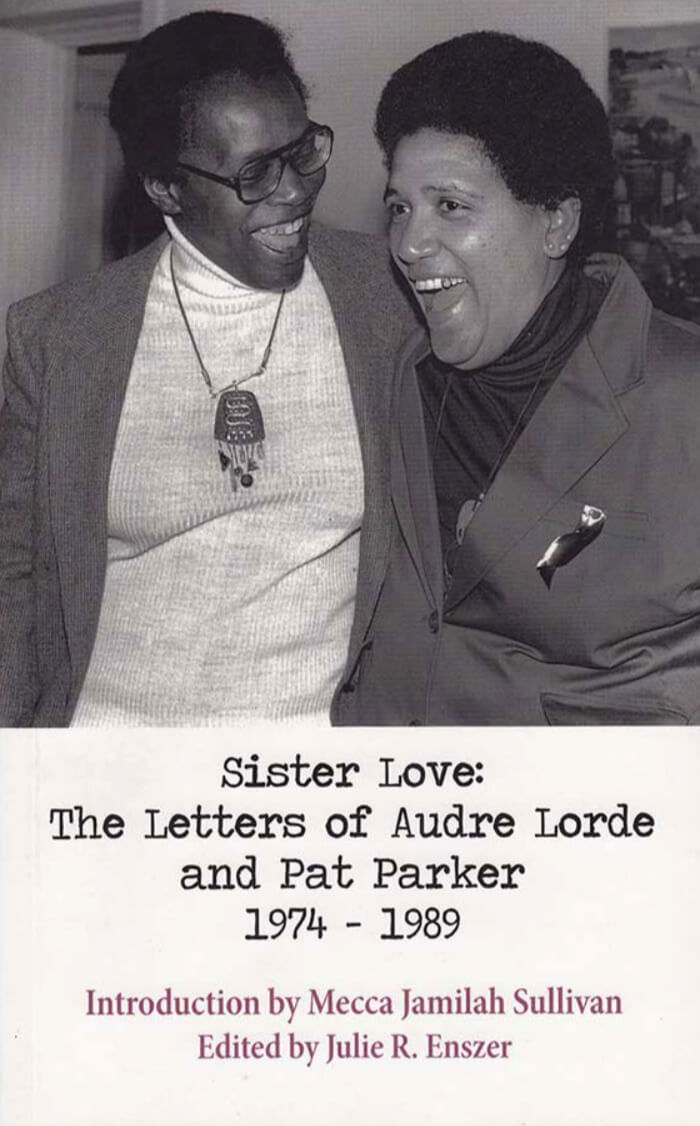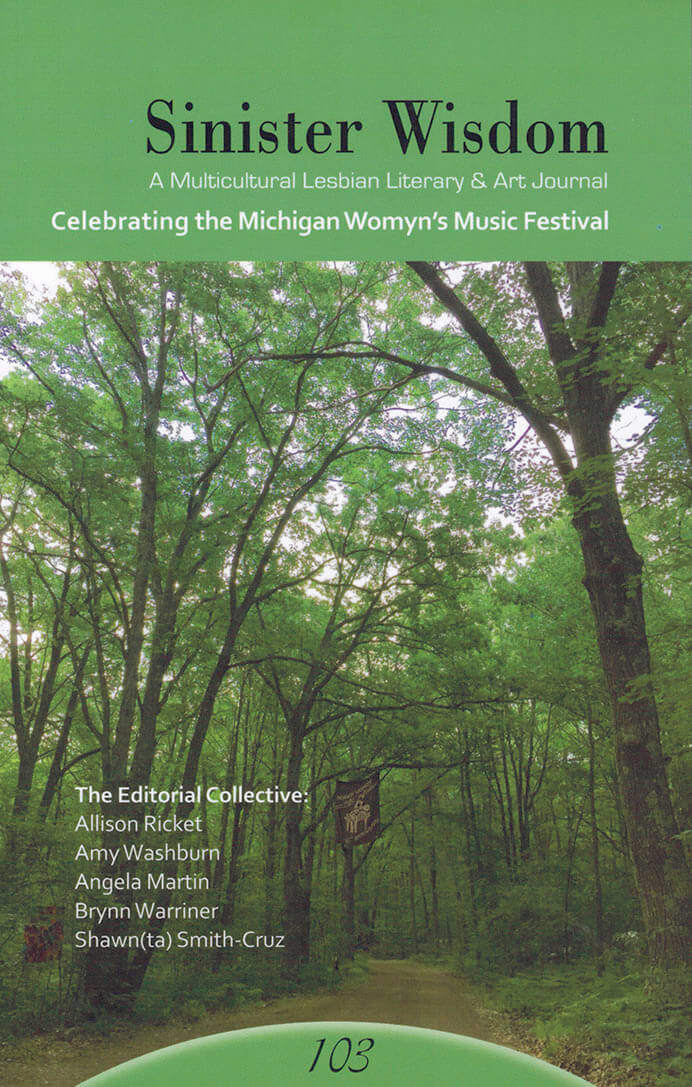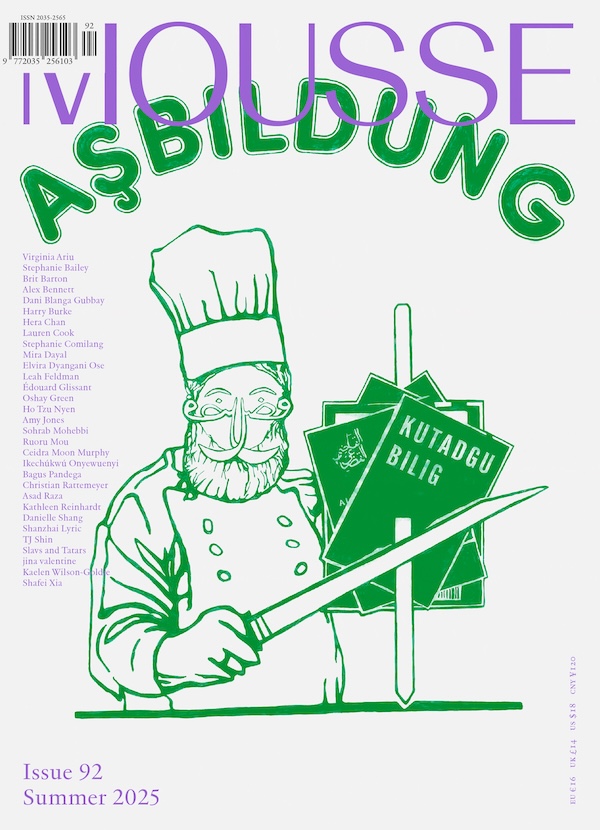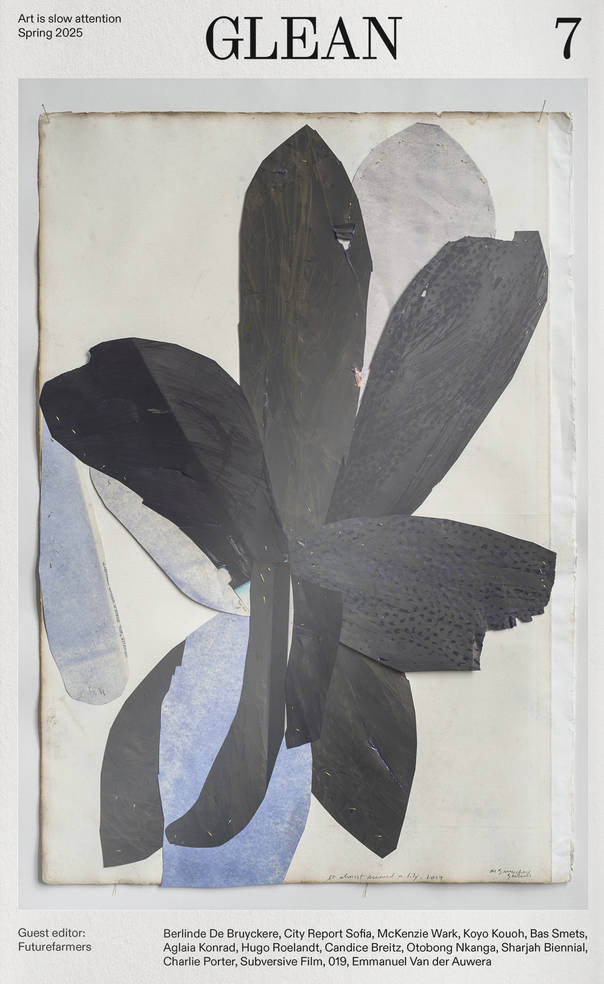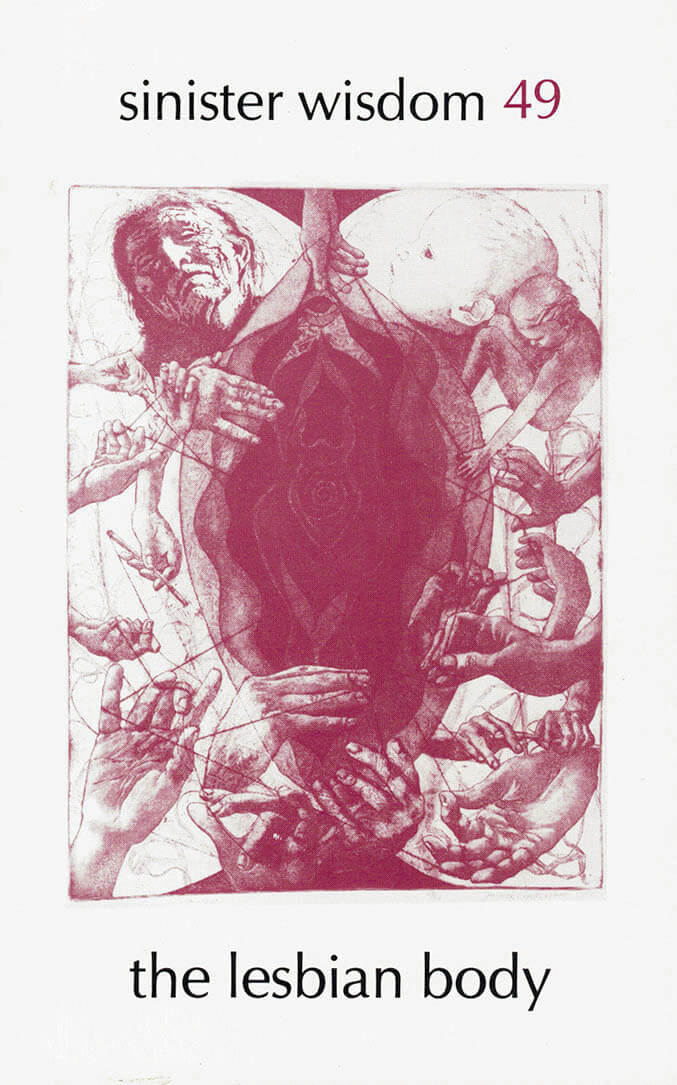
The Lesbian Body
Sinister Wisdom 49: The Lesbian Body talks about the ways we experience and perceive our own Lesbian bodies, and the anti-lesbian/lesbian-feminist backlash. The idea of a lesbian body can be a kind of a labyrinth - a series of chambers in which it is difficult to find our way, though we can hear her heartbeat through the walls.
Creative Work By
Deborah
Alejandra Laurenz
Kadeth Pozzesi
Caroline Halliday
Peg O'Connor
Sheila J. Packa
Janet Mason
Kate Berne Miller
Laura Hershey
Naja Sorella
Lisa Edmonds
Judith P. Stelboum
Cherie Bowers
Suzanne
Donna Tanigawa
Arl Spencer Nadel
Elissa Raffa
Kelly Jean Cogswell
Chaia Zblocki heller
And More!
Language: English
